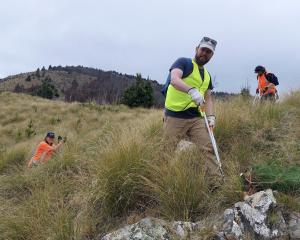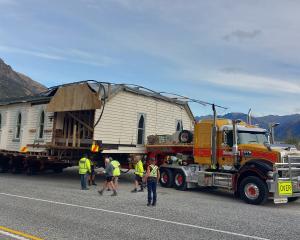
Niwa forecasting principal scientist Chris Brandolino said the weather outlook for May to July was for average (40% chance) or above average temperatures (40% chance) in Otago and Southland.
"Despite the prospect for average or warmer-than-average temperatures, frosts and cold snaps will become more common, with some cold snaps possibly quite sharp.
"The combination of lower-than-normal sea-level pressure over the New Zealand region and warmer-than-average Tasman Sea temperatures over the coming months will also result in an elevated chance for significant rainfall events."
Rainfall totals in Southland, inland Otago and the west of the South Island were "about equally likely" to be near normal or below normal.
But in the east of Otago, rainfall totals were equally likely to be normal (40% chance) or above normal (40% chance), and soil moisture levels were likely to be above normal (50% chance).
In Southland, inland Otago and the west of the South Island, soil moisture levels and river flows were equally likely to be in the below normal (40% chance) or normal range (40% chance).
And in the east of Otago, river flows were "about equally likely" to be near normal (40% chance) or above normal (45% chance).
He said Niwa’s outlooks indicated the "likelihood" of climate conditions being at, above, or below average for the season as a whole.
"They are not weather forecasts. It is not possible to forecast precise weather conditions three months ahead of time."
Niwa’s climate scientists developed the outlook taking into account observations of atmospheric and ocean conditions and output from global and local climate models.












